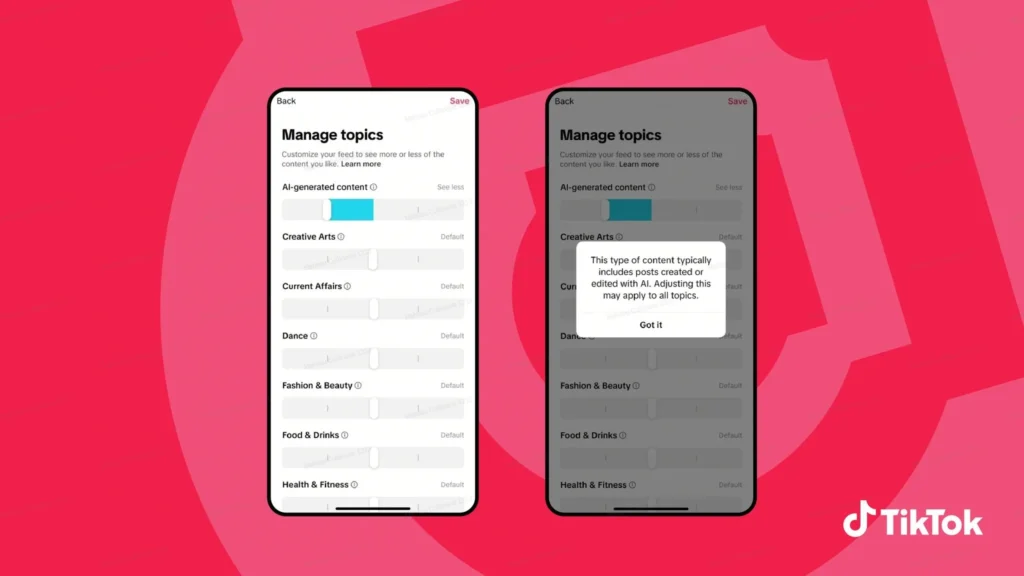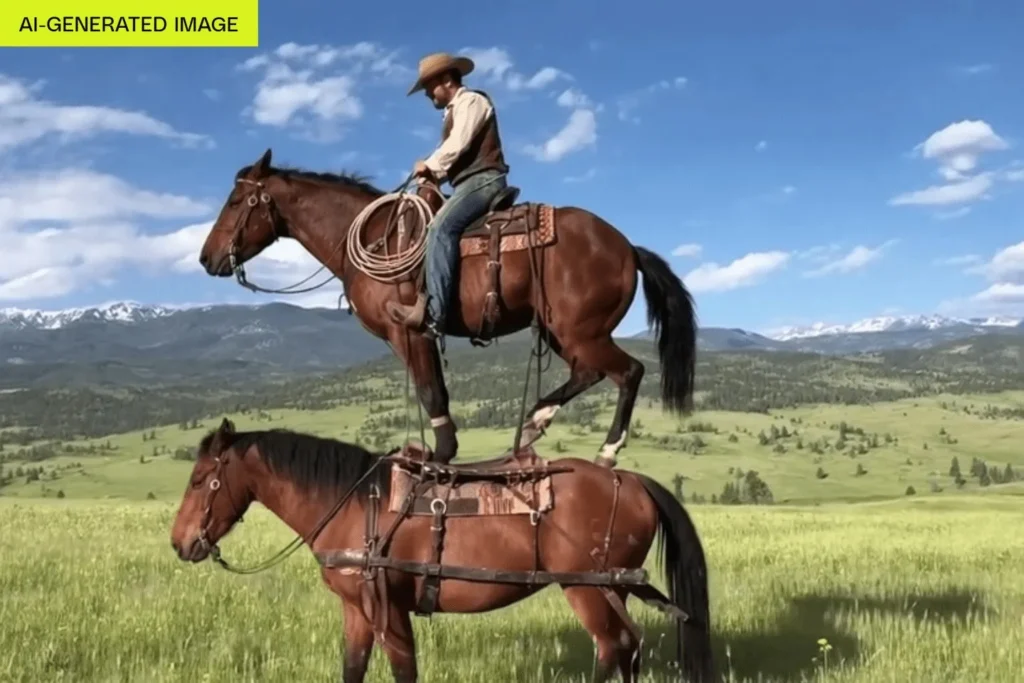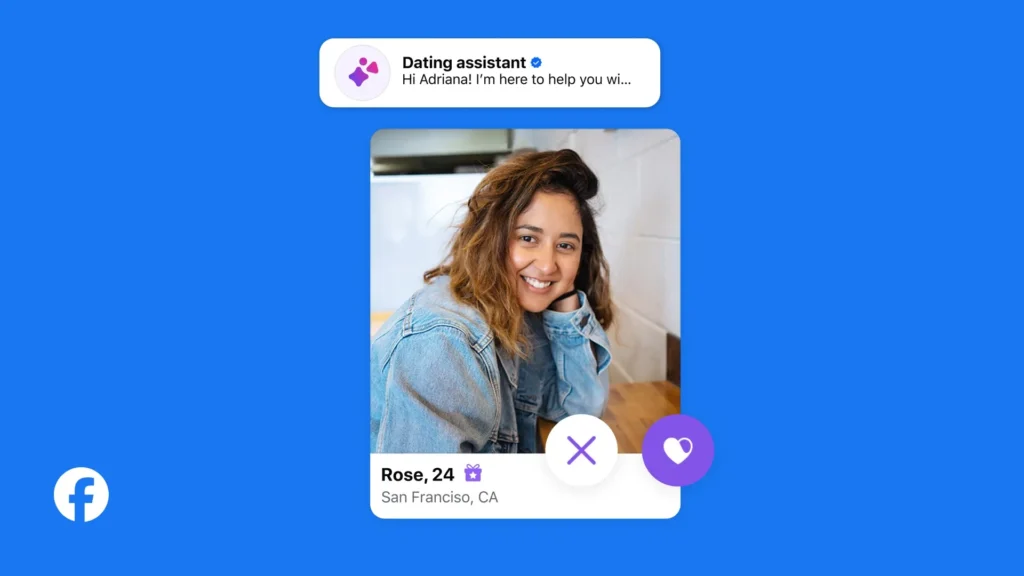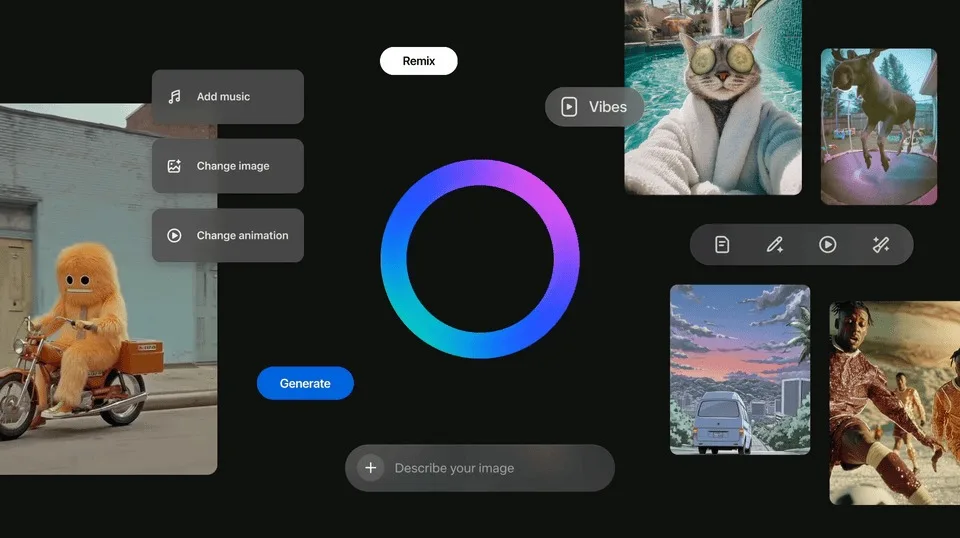TikTok tests an AI slider to adjust the amount of generated videos
TikTok aims to return control to users amid the deluge of AI-generated content. The platform is testing a new control slider, while also enhancing its identification system with invisible watermarks.
This dual approach signifies a recognition that the era of “all-AI” needs to be regulated.
A new addition to feed personalization tools
TikTok’s algorithm is often lauded as one of the most effective in the industry. However, with the influx of videos produced by generative models, the platform seeks to provide users with greater granularity in customization.
The new AI slider, currently in testing, will appear in the “Manage Themes” section alongside existing controls for dance, news, or fitness. Similar to these options, it will enable users to indicate whether they want to see more or less AI-generated content — with two levels in each direction.
This allows for a straightforward adjustment of the experience without completely rejecting these creations, now an integral part of contemporary visual culture.
Invisible watermarks to enhance detection
For the slider to function effectively, TikTok needs to accurately identify which content has been generated by AI. The challenge is that visible watermarks are often removed prior to publication.
To address this, the platform will implement invisible watermarks, which will be automatically applied to videos created with its own tools, such as AI Editor Pro. TikTok will also recognize videos incorporating C2PA Content Credentials, an industry-backed authentication standard — although it has already shown limitations in the face of advanced manipulations.
These invisible markers should assist the algorithm in identifying the nature of a video without degrading the user experience or impacting the content’s aesthetic.
A gradual rollout, but a clear strategy
TikTok has announced that these new features will be rolled out “in the coming weeks”, although the AI slider remains in a limited testing phase for now. This initiative aligns with a broader trend: social media platforms are striving to better differentiate between human-generated content and that produced by AI, both for transparency and to mitigate potential issues.
In a context where tracing the origin of images, videos, and voices is becoming increasingly difficult, TikTok appears to want to position itself as a proactive player. This aims to reassure creators, media organizations, and regulators, especially as the authenticity of content faces unprecedented scrutiny.




